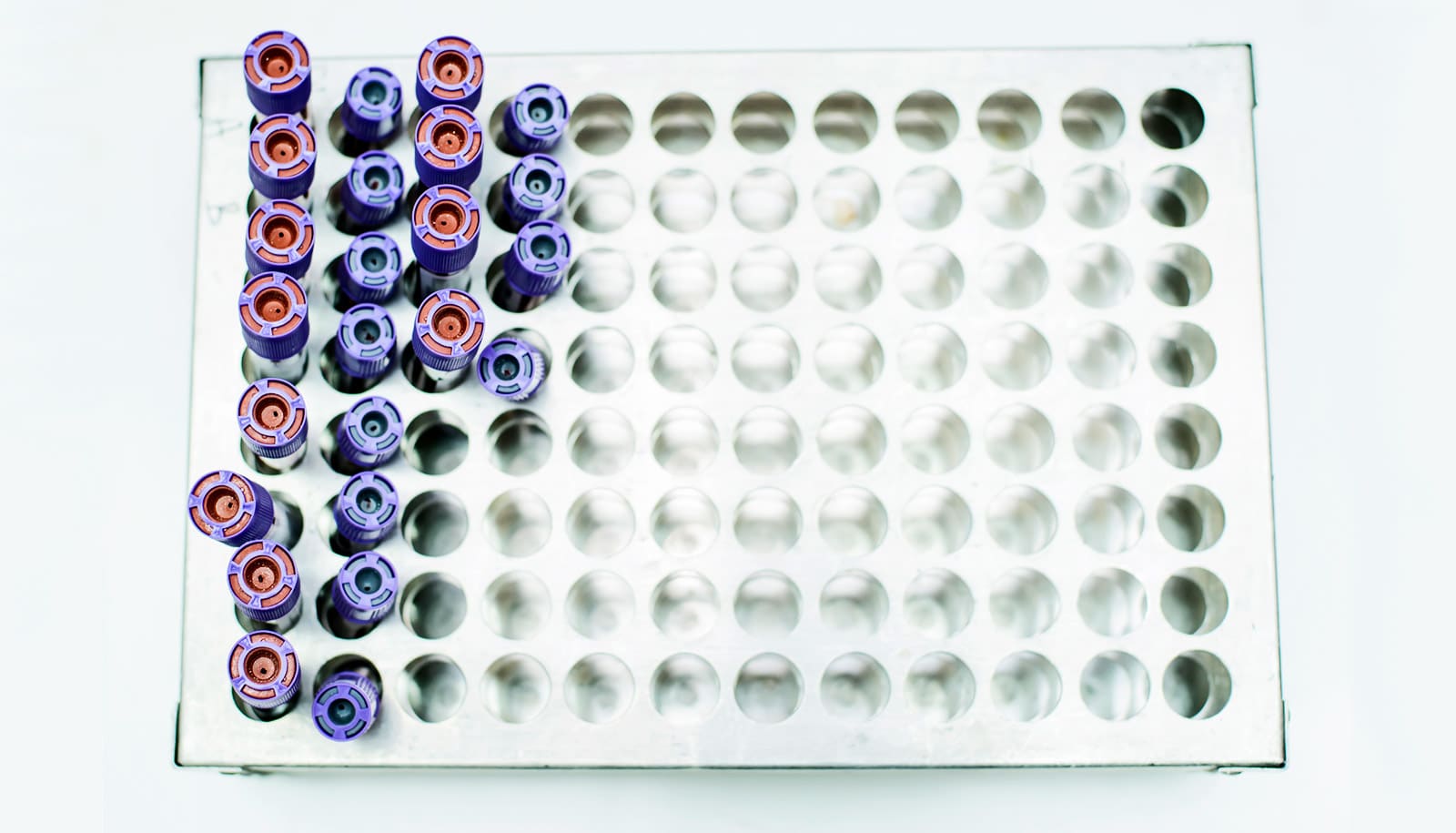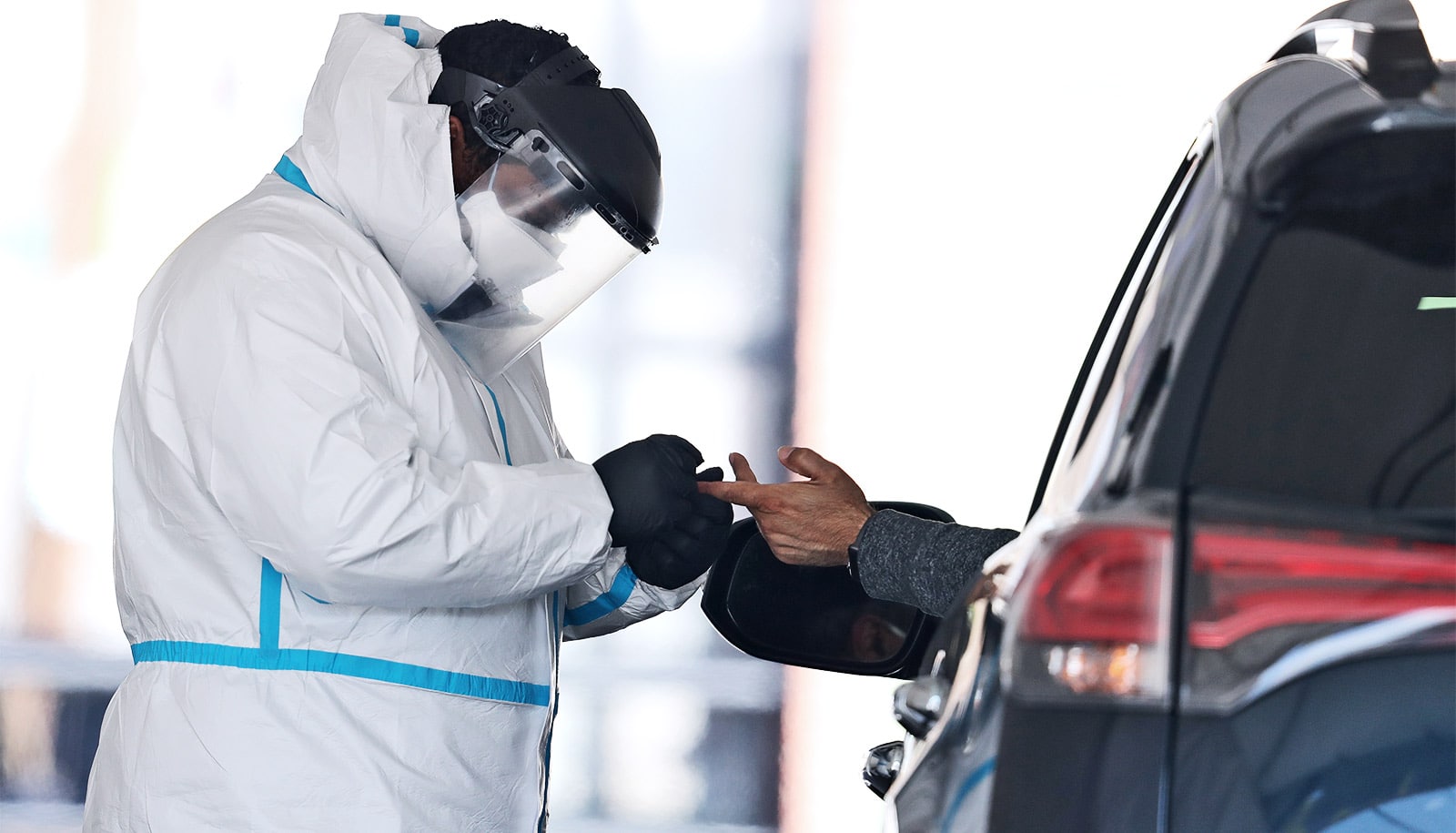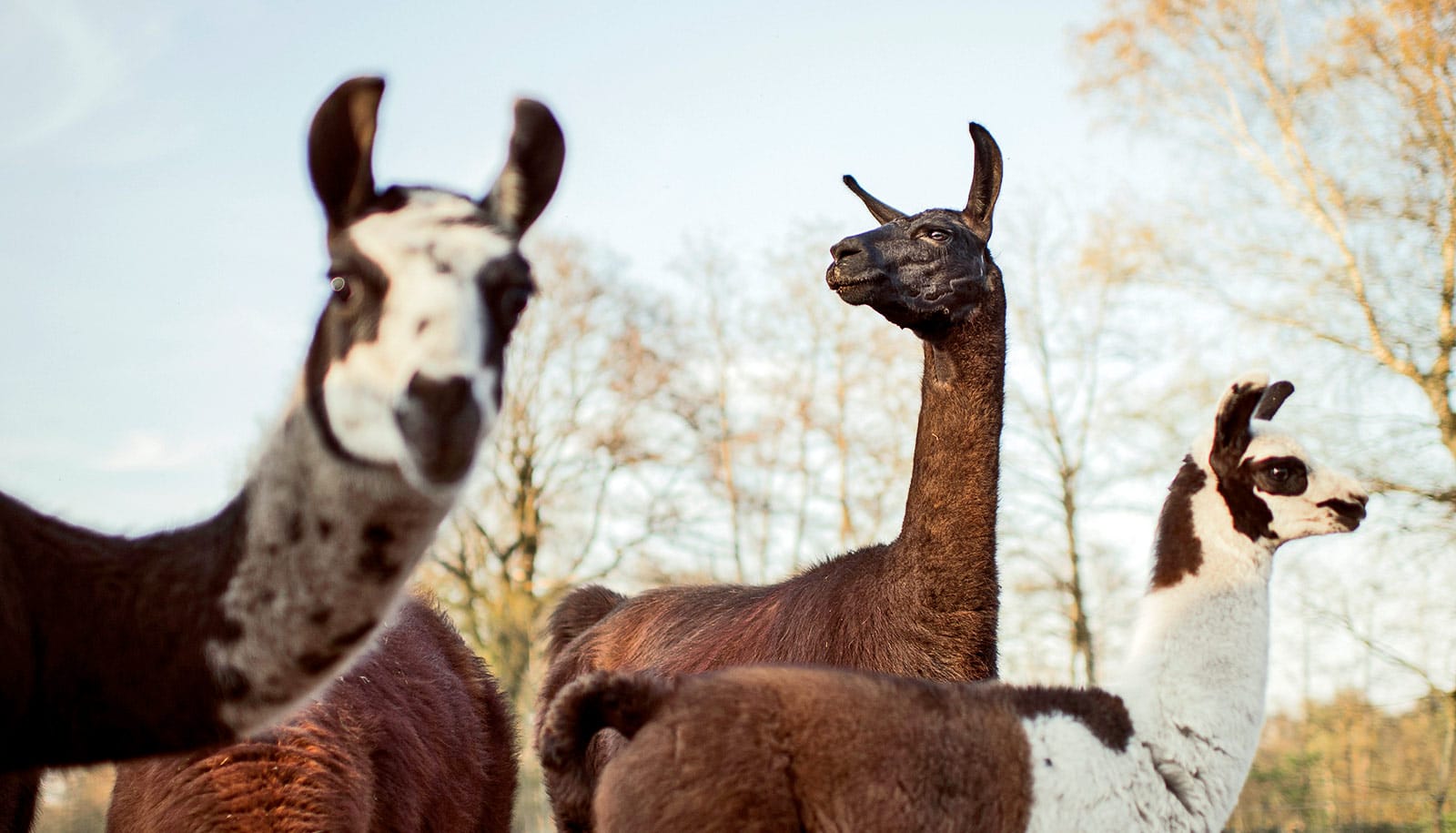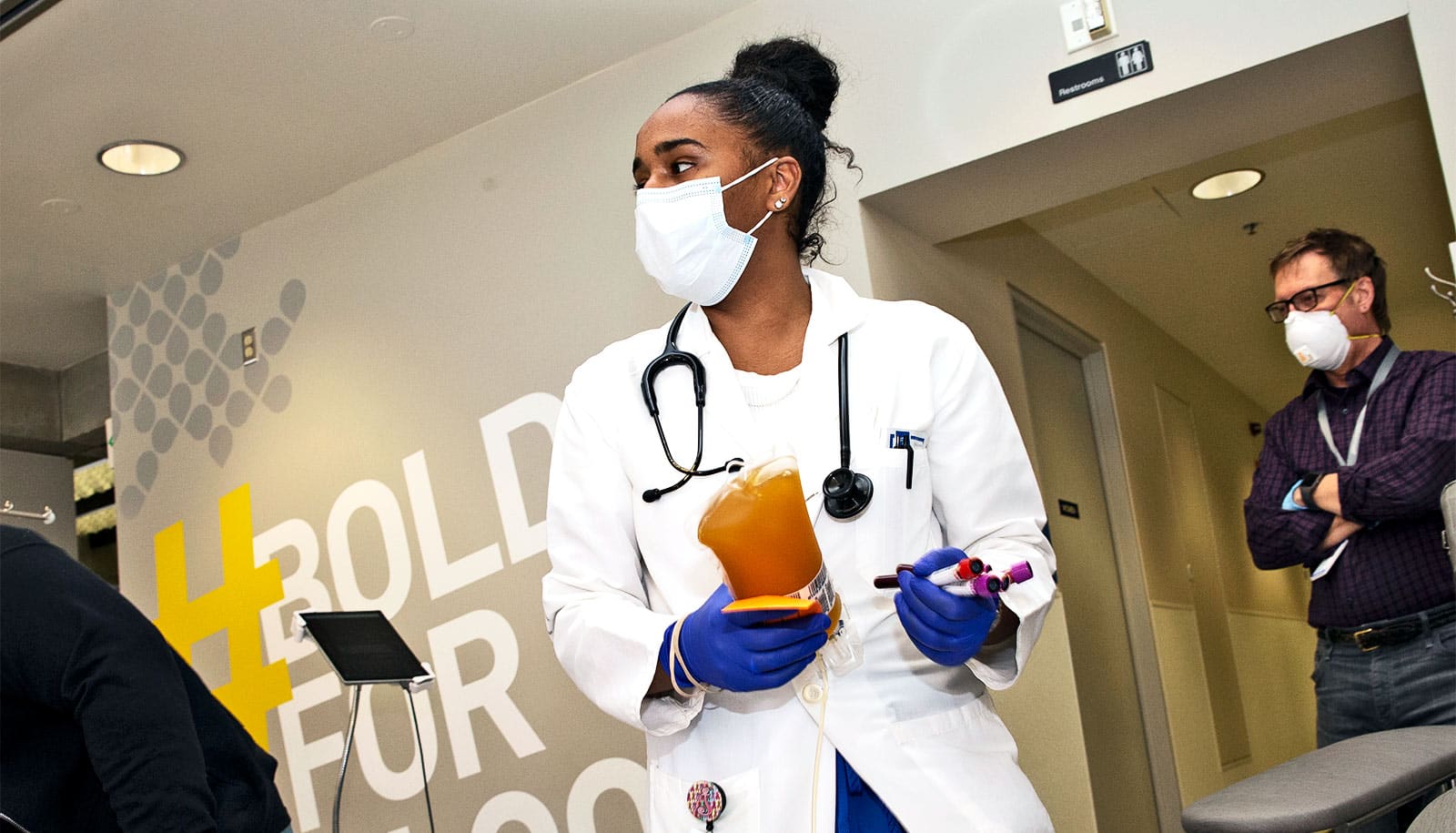An antibody first identified in a blood sample from someone who recovered from SARS in 2003 inhibits related coronaviruses, including one behind COVID-19, researchers say.
Researchers have put the antibody, called S309, on a fast-track development and testing path at Vir Biotechnology in the next step toward possible clinical trials.
“We still need to show that this antibody is protective in living systems, which has not yet been done,” says David Veesler, assistant professor of biochemistry at the University of Washington School of Medicine and co-senior author of the paper in Nature.
“Right now there are no approved tools or licensed therapeutics proven to fight against the coronavirus that causes COVID-19,” he says. If the antibody proves it can work against the novel coronavirus in people, researchers say it could become part of the pandemic armamentarium.
Memory B cells
Veesler says his lab is not the only one seeking neutralizing antibodies for COVID 19 treatment. What makes this antibody different is that its search did not take place in people who had COVID-19, but in someone infected 17 years ago during a SARS epidemic.
“This is what allowed us to move so fast compared to other groups,” Veesler says.
Veesler and colleagues identified several monoclonal antibodies of interest from memory B cells of the SARS survivor. The lineage of memory B cells form following an infectious illness and their lineage can last, sometimes for life. They usually remember a pathogen, or one similar to it, that the body has ousted in the past, and launch an antibody defense against a re-infection.
Several of the antibodies from the SARS survivor’s memory B cells are directed at a protein structure on coronavirus. This structure is critical to the coronaviruses’ ability to recognize a receptor on a cell, fuse to it, and inject their genetic material into the cell. This infectivity machinery is located in the spikes that crown the coronavirus.
Neutralizing SARS CoV-2
The S309 antibody shows particular potency at targeting and disabling the spike protein that promotes the coronavirus entry into cells. To neutralize SARS CoV-2, it engaged with a section of the spike protein nearby the attachment site to the host cell.
Through their cryo-electronmicroscopy studies and binding assays, the researchers learned that the S309 antibody recognizes a binding site on the coronavirus that is conserved across many sarbocoviruses, not just the SARS and COVID-19 viruses. That is probably why this antibody, instead of being single-minded, can act against related coronaviruses.
Combining the S309 antibody with other, though weaker, antibodies identified in the recovered SARS patient enhanced the neutralization of the COVID-19 coronavirus.
This multiple antibody cocktail approach might help limit the coronavirus’ ability to form mutants capable of escaping a single-ingredient antibody treatment, the researchers say.
The researchers say they hope these initial results pave the way for using the S309 antibody, alone or in a mixture, as a preventive measure for people at high-risk of exposure to the COVID-19 coronavirus or as post-exposure therapy to limit or treat severe illness.
Young-Jun Park and Lexi Walls, research scientists in the Veesler lab, are the study’s lead authors. Additional researchers are from the University of Washington, Washington University in St. Louis, Humabs Biomed SA, a subsidiary of Vir, Institut Pasteur in France, and the Università della Svizzera Italiana in Switzerland.
Funding came from the National Institute of General Medical Sciences, the National Institute of Allergy and Infectious Diseases, a Pew Biomedical Scholars Award, Investigators in the Pathogenesis of Infectious Disease Award from the Burroughs Wellcome Fund, the University of Washington, the Pasteur Institute, and the Lawrence Berkley National Laboratory.
Source: University of Washington



